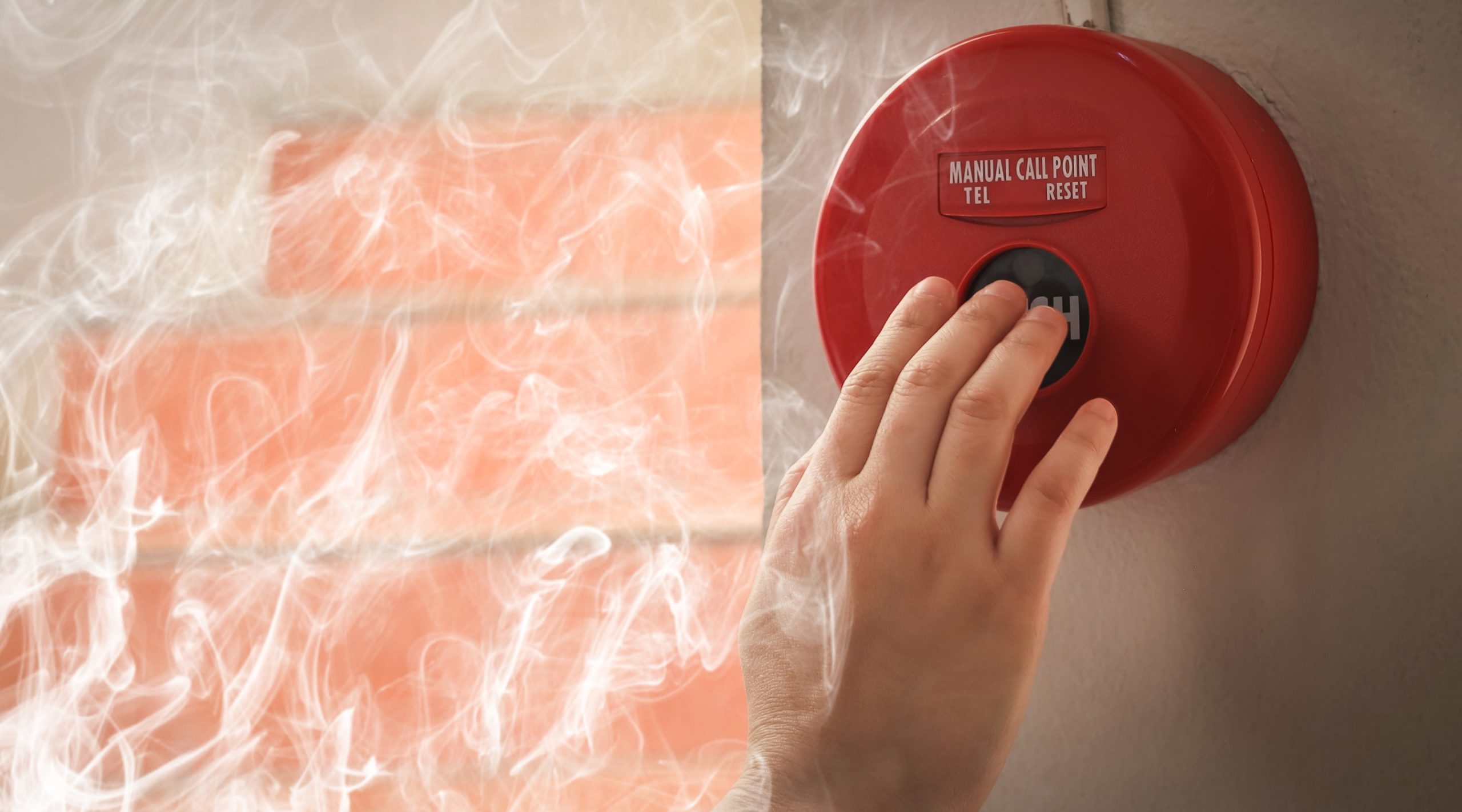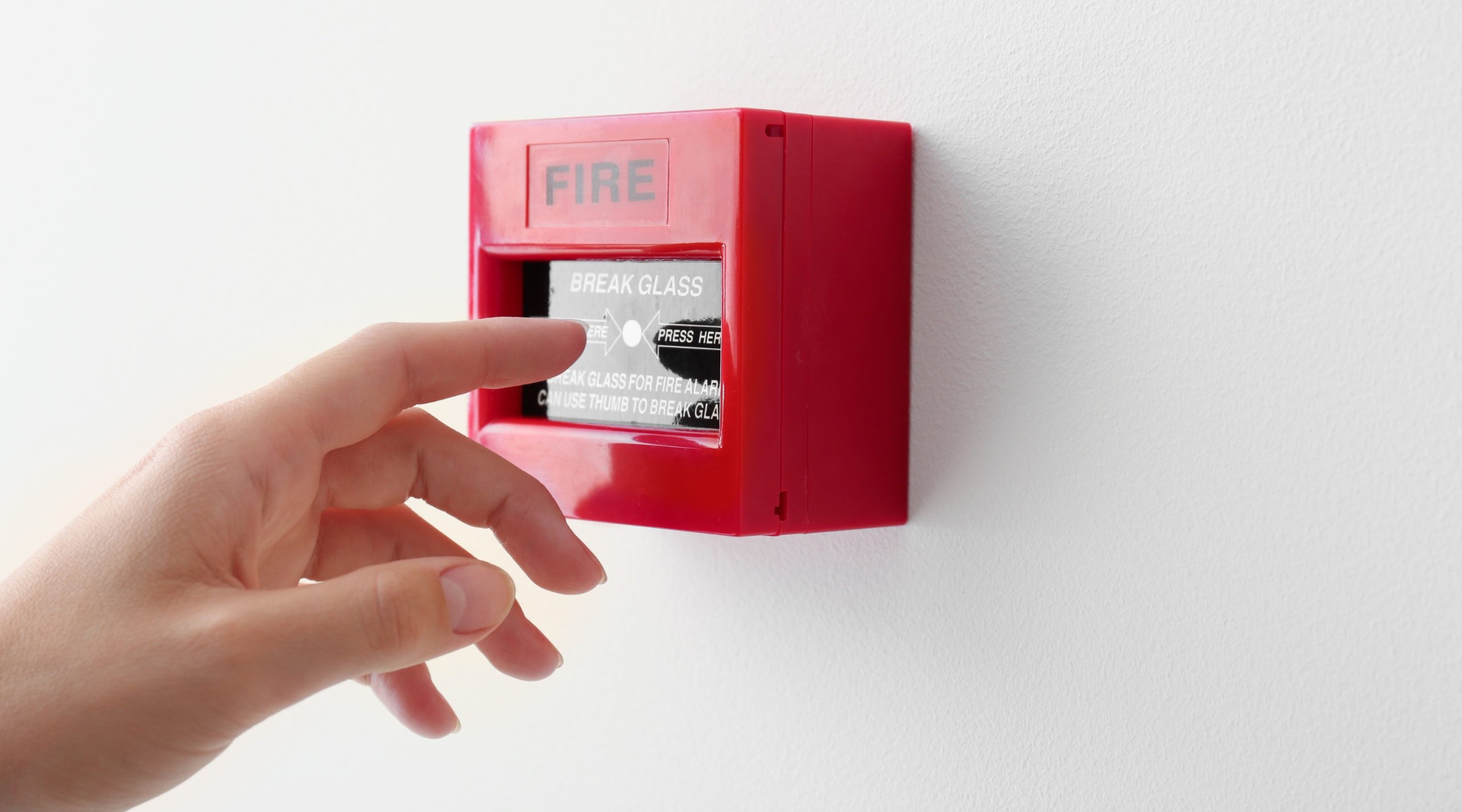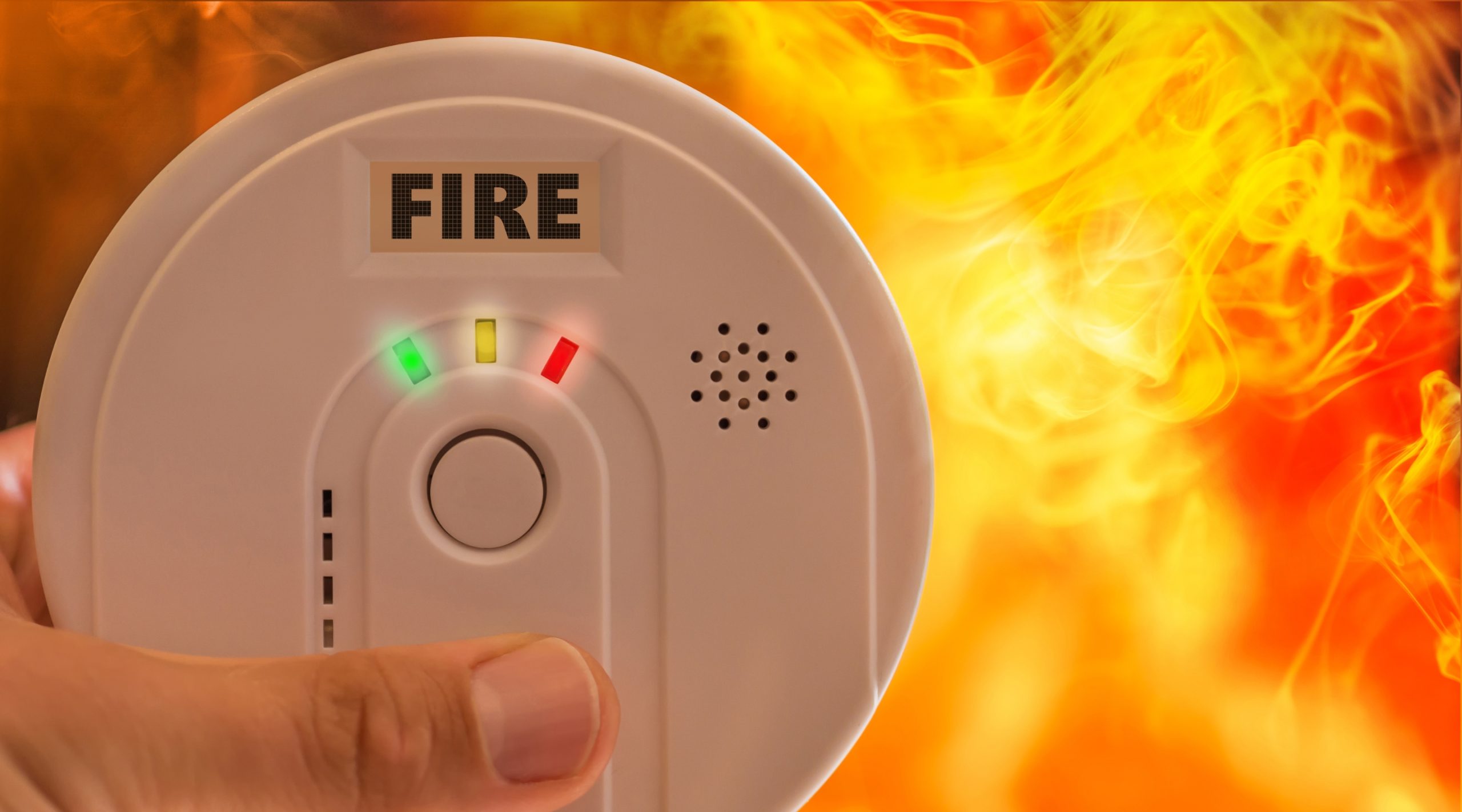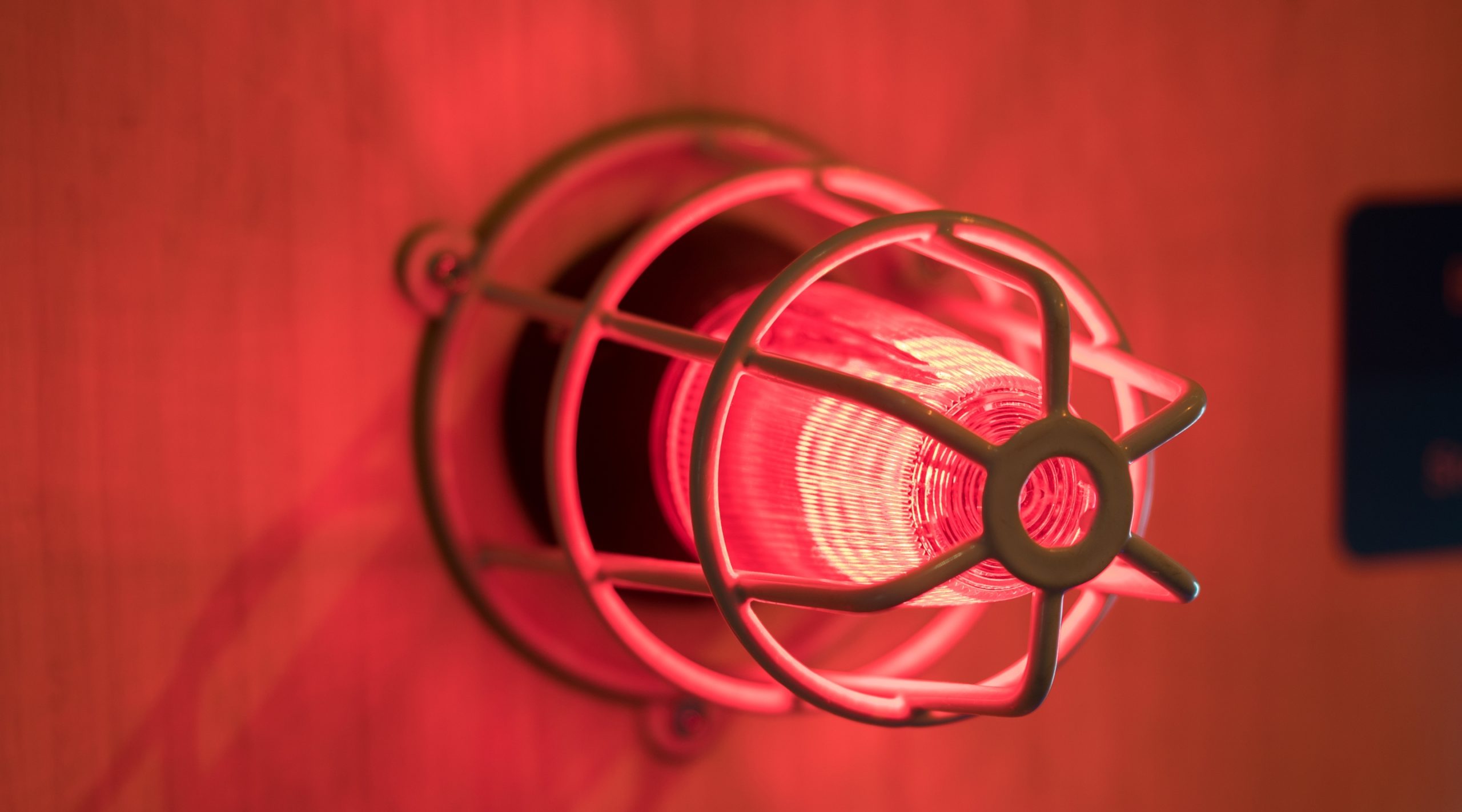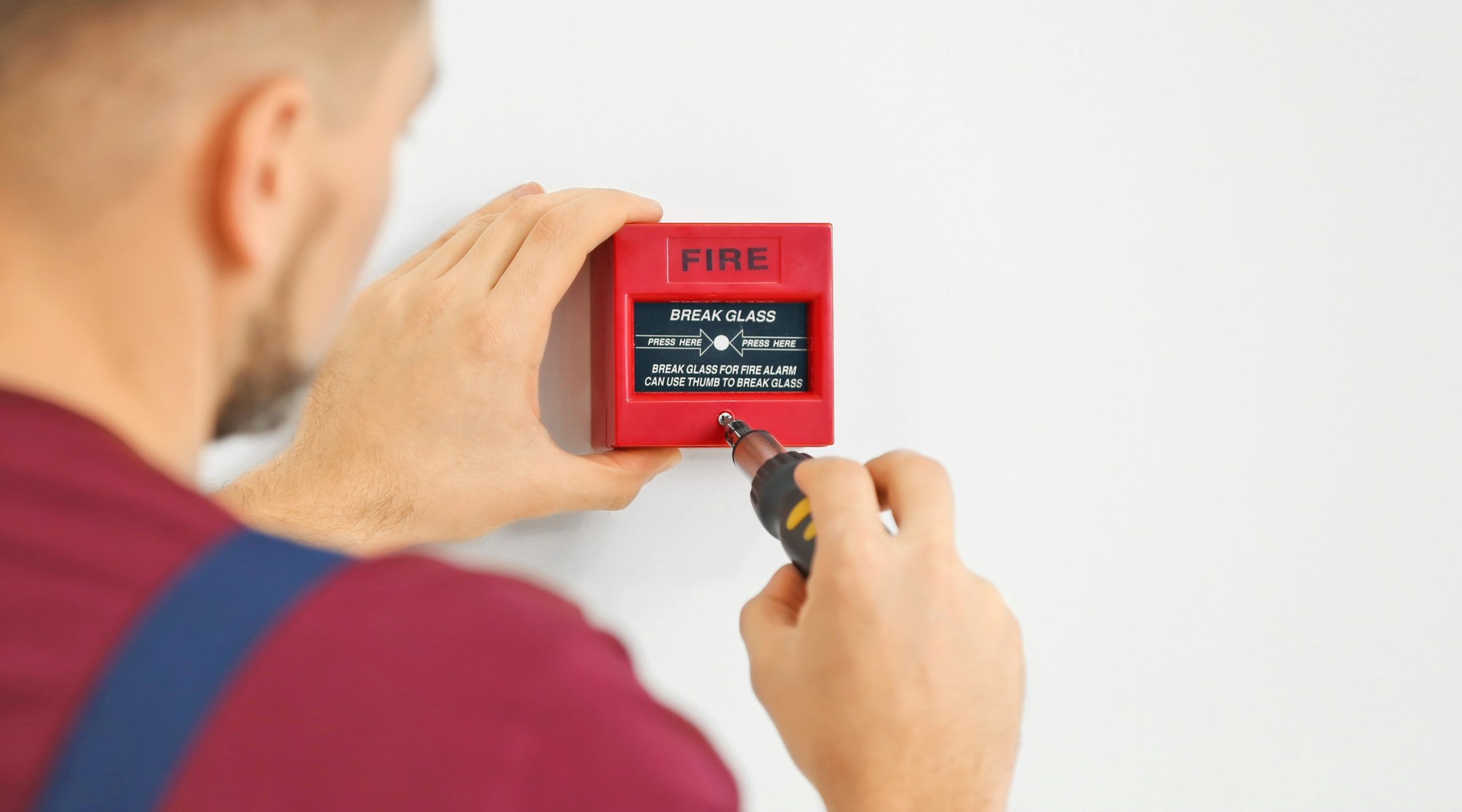The Role of Fire Alarms in Singapore’s Fire Protection Systems
Introduction
In a bustling metropolis like Singapore, where safety and efficiency are paramount, fire protection systems play a critical role in safeguarding lives and property. Among these systems, fire alarms are indispensable components that form the backbone of any effective fire safety strategy. This article delves into the significance of fire alarms in Singapore’s fire protection systems, highlighting their functionalities, regulatory framework, and benefits for businesses and homeowners.
Understanding Fire Alarms
Fire alarms are early warning systems designed to detect and alert occupants to the presence of smoke, heat, or fire. These devices are crucial for enabling timely evacuation and minimizing potential damage. Fire alarms typically consist of:
Detectors – Smoke detectors, heat detectors, or multi-sensor detectors that identify potential fire hazards.
Control Panels – The central hub that processes information from detectors and activates alarms.
Alarm Devices – Audible and visual alert mechanisms, such as sirens, bells, or strobe lights, to warn occupants.
Regulatory Framework for Fire Alarms in Singapore
The importance of fire alarms in Singapore is underscored by strict regulations enforced by the Singapore Civil Defence Force (SCDF). The SCDF’s Fire Code outlines comprehensive guidelines for the installation, maintenance, and operation of fire alarm systems. Key requirements include:
Mandatory Installation: Fire alarms are mandatory in all residential, commercial, and industrial buildings to ensure public safety.
Regular Maintenance: Building owners must ensure periodic testing and servicing of fire alarm systems by licensed contractors.
Compliance Certification: Fire alarm systems must meet international standards, such as BS EN 54, and be certified by accredited bodies.
The Role of Fire Alarms in Fire Safety
Fire alarms are integral to Singapore’s fire protection systems due to their ability to:
Provide Early Detection and Warning: Fire alarms detect the earliest signs of fire, such as smoke or heat, enabling occupants to evacuate promptly. Early warnings significantly reduce casualties and property loss.
Facilitate Emergency Response: Advanced fire alarm systems are connected to central monitoring stations or directly linked to the SCDF. This ensures swift emergency response and coordinated firefighting efforts.
Enhance Property Protection: By alerting building occupants and emergency services quickly, fire alarms help minimize fire damage, reducing repair costs and business downtime.
Support Legal and Insurance Compliance: Properly installed and maintained fire alarms ensure compliance with Singapore’s Fire Code. Compliance also facilitates smoother insurance claims in the event of a fire.
Choosing the Right Fire Alarm System
Selecting the appropriate fire alarm system depends on various factors, including building size, occupancy type, and specific fire risks. Some commonly used fire alarm systems in Singapore are:
Conventional Fire Alarm Systems: Ideal for smaller buildings, these systems divide the premises into zones for simplified fire detection.
Addressable Fire Alarm Systems: Suitable for larger or more complex buildings, these systems pinpoint the exact location of a fire, enabling targeted responses.
Wireless Fire Alarm Systems: A flexible option for retrofitting buildings without extensive wiring.
Regular maintenance is vital to ensure the reliability of fire alarm systems. Building owners should engage Singapore qualified fire safety company to perform:
Monthly visual inspections and functional tests.
Semi-annual servicing to check detectors, control panels, and alarm devices.
Immediate repairs for any detected faults.
Conclusion
Fire alarms are more than just warning devices; they are life-saving systems that play a pivotal role in Singapore’s fire protection framework. By providing early detection, enabling rapid response, and ensuring compliance with stringent safety standards, fire alarms contribute to a safer living and working environment for everyone.
Investing in high-quality fire alarm systems and adhering to maintenance guidelines is not just a regulatory requirement—it is a commitment to protecting lives and preserving property in Singapore’s vibrant urban landscape.

